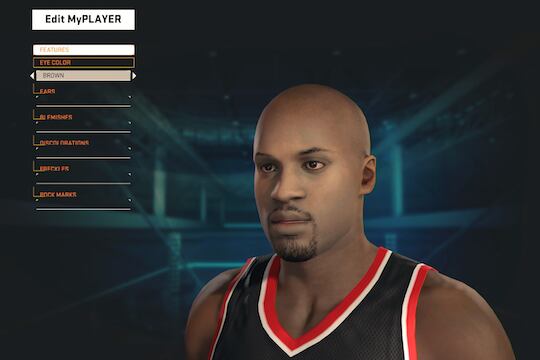Facebook, being extremely popular, is probably one of the most used social networking sites out there. People can send messages, share media, stay connected with friends (distant or not), and also share interests with others. One of it's main features is the news feed where you're constantly being kept up to date with all the trending news or entertainment and daily updates from your friends. Since they've released the mobile app, they've also added more features like location services and check-ins, providing convenience.
Instagram, another extremely popular social networking platform, is also widely used. It originally offered only the ability to share and like photos, but now, they've added 15 second video sharing. They also have a handful of filters for you to choose to filter your photos. Also, they use hashtags to categorize similar photos together for easier browsing. It's great because it allows people to capture moments and share it with others.
Twitter, a site I didn't really like when I first found out about, is mainly used for status updates. Although users are limited to 140 characters, it is still becoming increasingly popular. It also highly encourages the hashtag craze. If you aren't following someone, you can still see their updates but only if you're on their page. If you follow them, you can see all their updates on your Twitter home. Unregistered users are also still allowed to read tweets which is pretty cool, however, they aren't allowed to post.
Myspace, on the other hand, is now pretty much dead. Because so many users, including myself, left for Facebook, they changed their whole theme, making it solely music based. Before, it was pretty similar to Facebook, allowing you to stay connected with friends and share media but since 2013, it is a place for musicians to promote their music. It now mainly features
written editorial content, radio stations, music mixes and videos.



